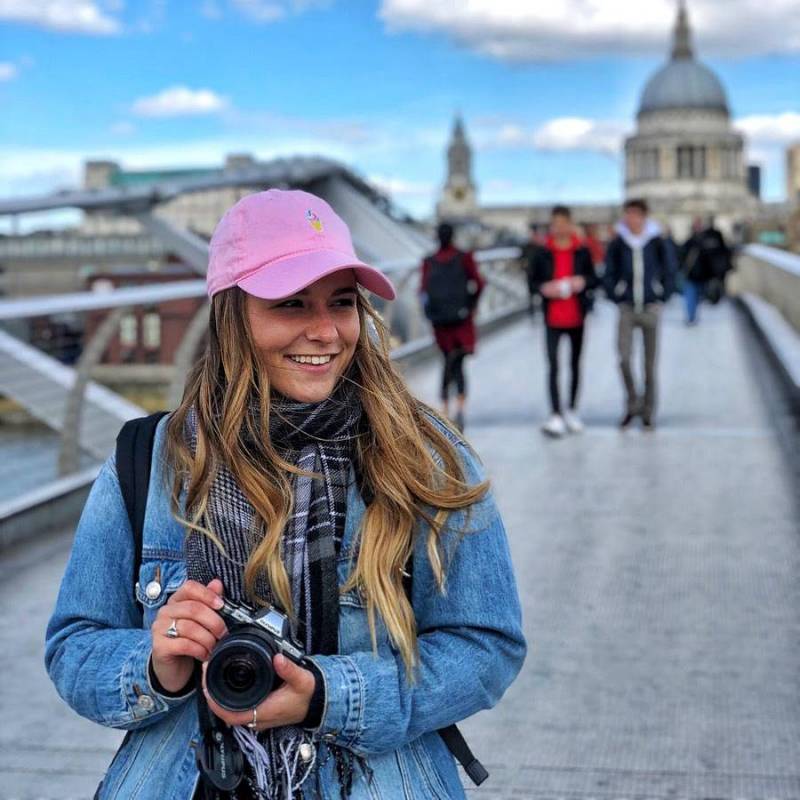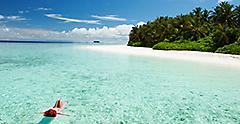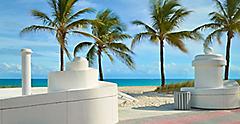Take it from me, every new place you visit in Panama will offer a different experience to enrich your understanding of Panama's culture. Look no further for the inspiration you need to book your next adventure.
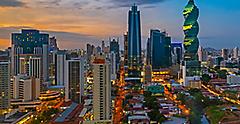
The Panama Canal’s History As It Connects The World
You may not know that Panama is an isthmus, or land bridge, as well as a big reason why humans exist. When the isthmus of Panama formed, it caused a change in climate patterns. It shut down the flow of water between both oceans, which rerouted currents. Ultimately, the creation of it allowed humans to exist on land.
The original idea for the Panama Canal dates back to the 16th century. When Spanish explorer Vasco Nunez de Balboa discovered the land bridge in 1513, people began searching for a natural waterway that would link both the Atlantic and Pacific oceans. Later on in 1534, when the search was exhausted, Charles V asked for a survey to see if one could be built. At the time, it was decided it would be impossible.
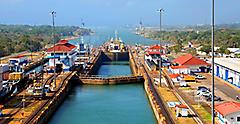
The plans for a canal connecting the Atlantic and Pacific were around for quite some time, and the U.S. desperately wanted one for both economic and military reasons. Because there was already a French project for a canal in Panama, they decided they would build theirs in Nicaragua. However, when French engineer Philippe-Jean Bunau-Varilla, who had been involved in France's canal projects, began lobbying Americans to purchase the project, things changed. Apparently, he started sending senators a Nicaragua postage stamp that showed one of the many volcanoes you can find in the country. U.S. senators agreed that since Panama had no volcanoes, it was a better choice for the canal. And so, in 1902, Congress authorized the purchase, and the rest is history.
The ships that cross through the Panama Canal travel from over 1,700 port towns in over 160 countries around the world, connecting people and businesses. It takes about 8-10 hours to cross the Panama Canal. Without it, ships would have to travel for nearly 22 days to go around South America — it saves about 8,000 nautical miles. This not only saves time and money, but it also has helped the shipping industry vastly reduce its carbon footprint, which is important to fight climate change and protect the environment.
Today, you can't visit Panama without taking a Panama Canal tour. About 25 minutes from Panama City, you'll find Miraflores Locks. This is one of the locks ships must pass through on their journey through the canal. There's a five-story visitor center where you can learn about the history of the canal, honor the people who died while building it, visit the museum, and then watch the ships pass through from the viewing deck.

The Wonders Of The Panama Canal And The U.S.
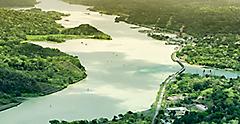
The creation of the Panama Canal secured the U.S. as a major political power. It was ahead of its time in terms of engineering and technology, so it put Panama on the map. Panama was the first Latin American country to adopt U.S. currency as its own in 1904. This happened after Panama gained its independence from Colombia and the agreement to build the Canal was finalized. And thanks to its relations with the U.S., Panama was the first country outside of the U.S. to sell Coca-Cola. That's right, the beloved soft drink, which you can now buy in every country except for North Korea and Cuba, first made its international debut in Panama in 1906.
To say the Panama Canal is huge is an understatement. It can take a large ship up to 10 hours to pass through the canal and its 12 locks. And 14,000 ships do this yearly. The ships rise about 85 feet above sea level, and a specially trained canal pilot navigates them through the locks. Ships from all over the world, including America, China, Chile, Japan, Colombia, and South Korea use the canal. Since the creation of the Panama Canal, ships have gotten bigger and bigger, so it's constantly being expanded. In 2016, work was completed to allow ships three times bigger than previously accommodated to pass through.
The cost of passage through the Panama Canal depends on weight/cargo volume. And ships can pay up to $450,000 in tolls to cross. So when an American, Richard Halliburton, wanted to swim through the entirety of the canal, he insisted on paying his toll — a total of 36 cents, which he paid when he swam across in 1928. This would be about $5.42 in 2022.
Panama's Diverse Ecosystem, Life, And More
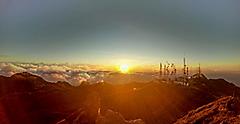
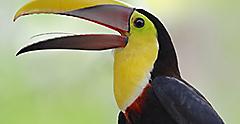
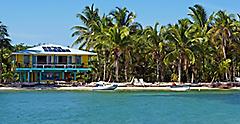
Panama also has the picturesque beaches you think of when you think of the Caribbean, like Bocas del Toro, a low-key beach destination with the bluest and clearest water you've ever seen. It has serious backpacker vibes, but it's also a location that's big with surfers.
Santa Catalina is a surf town where you can catch some waves, take a horseback tour, or hop in the water for diving or snorkeling. Nearby is Parque Nacional Coiba. It's there that you can find Isla Coiba, an untouched island with close to 200 bird species, turtles, crocodiles, and snakes. It's a biodiversity hot spot. Plus, this area is also known for diving, as aquatic wildlife frequent the water.

Visiting Casco Viejo, “The Old Town,” Of Panama

For lively bars and restaurants, historic ruins, and colorful architecture, head to Casco Viejo, the old town of Panama. This area used to be more run down, but Panama City is investing a lot into it. It's an area of Panama City that is full of life no matter what time of day you visit. You can now find boutique hotels, unique shops, cafes and restaurants with incredible food, like Sancocho de Gallina, the signature dish of Panama. This is a chicken stew slow-cooked with corn and root vegetables like yuca and ote and flavored with culantro (similar to cilantro). You can also try Hojaldre, a fried dough made with eggs and flour. This is often served with sausages, eggs and local cheese for breakfast. And for dessert, enjoy a Pesada de Nance, made from fruits like the nance (a sour fruit related to the cherry). The nances are cooked with evaporated milk and corn flour, and then topped with cheese and served hot or cold. A truly delicious experience.
As you can see, Panama has it all for your next vacation cruise. From the biodiversity to the history of the country, a lot of which comes from the creation of the Panama Canal, which has connected the world in ways previously unimagined. Panama is one of those magical places you just have to see for yourself. Visit beautiful beaches, hike stunning mountains, sip on fresh coffee, enjoy traditional Panamanian cuisine, and still not even scratch the surface of this small but mighty country. It's a place that can't be missed and should be high on your travel bucket list.
Experience the wonders and views of the Panama Canal with a cruise through its majestic waters surrounded by lush rainforest foliage.
Get Royal Deals, Sign Up Today

Getting There
Explore Our Most Affordable Itineraries
Experience the wonders and views of the Panama Canal with a cruise through its majestic waters surrounded by lush rainforest foliage.

